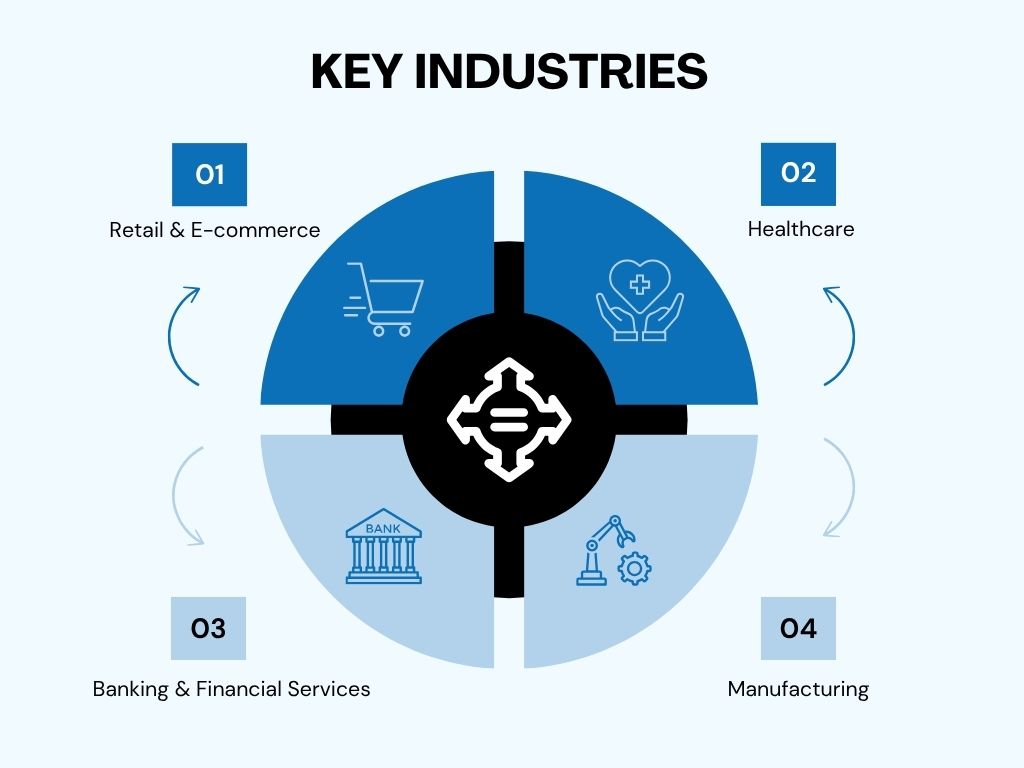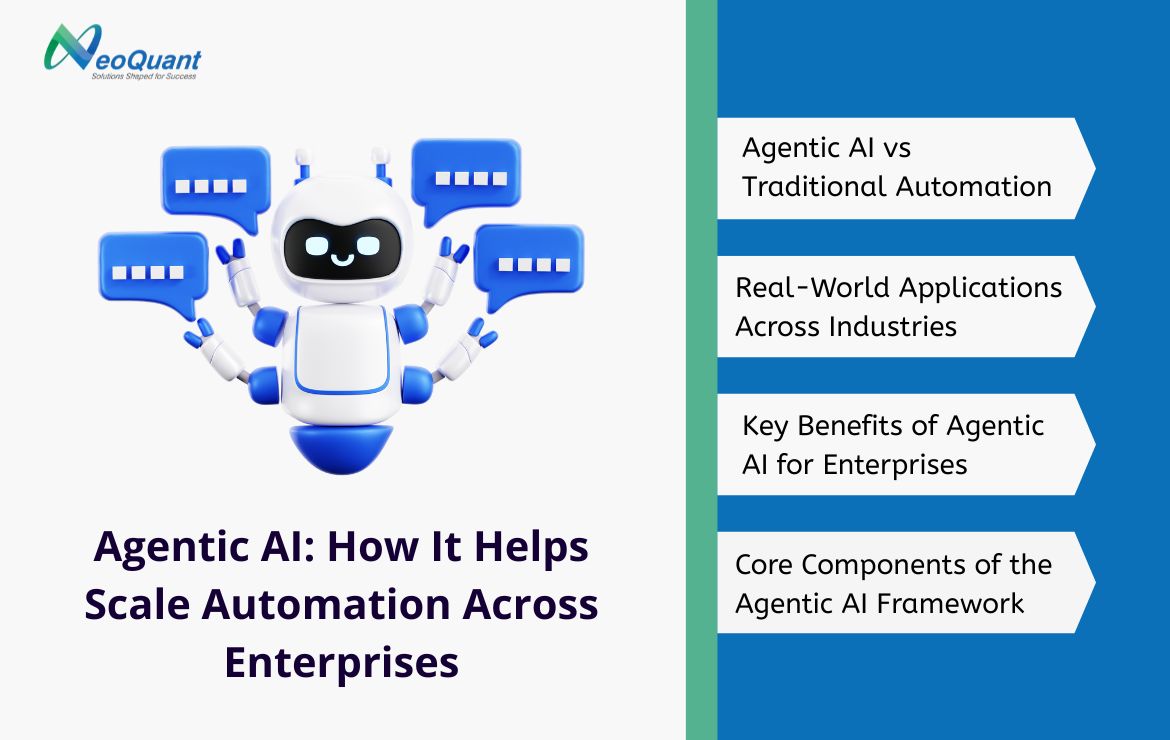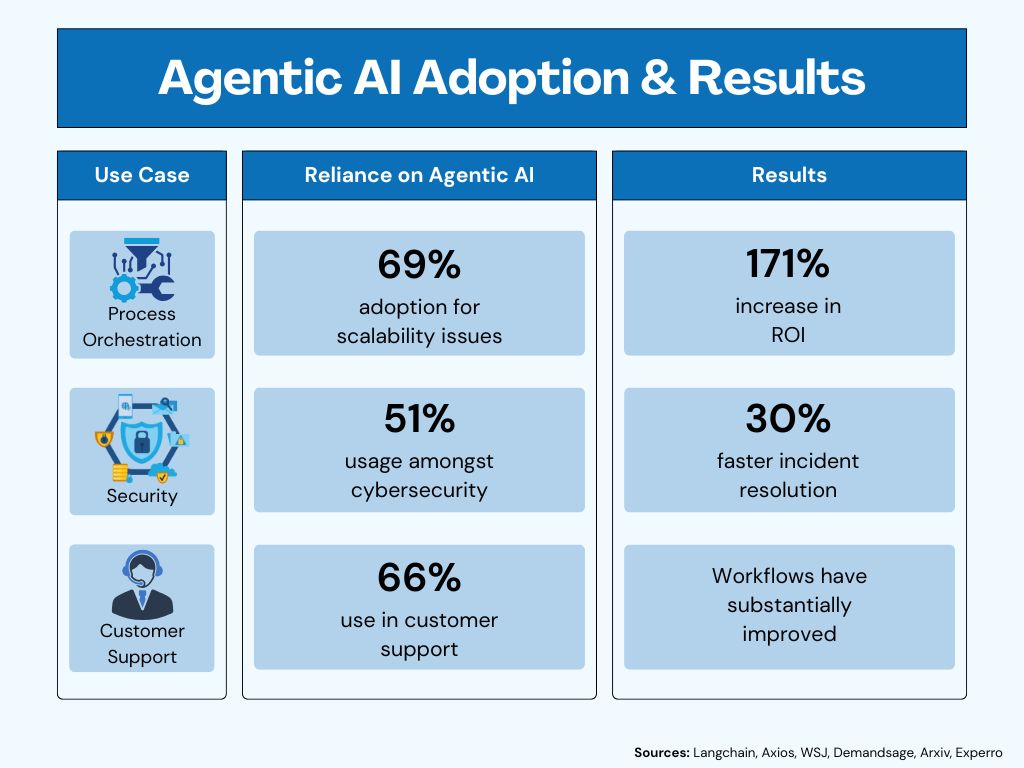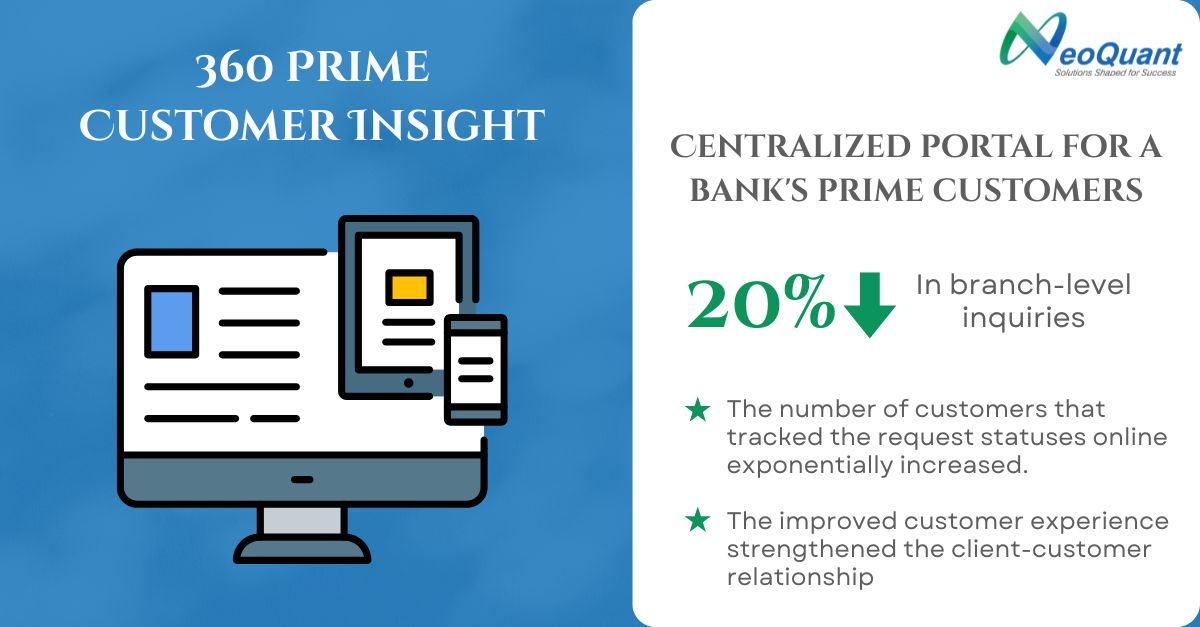Agentic AI: How It Can Help Scale Automation Across Enterprises
What if your automation equipment does not just follow the rules but also makes decisions? This is what Agentic AI promises. Unlike traditional bots, who require step-by-step instructions, Agentic AI works more like a smart team partner. It understands the context, adaptation when leaving, and even collaborations to work with other systems and people. Have complex workflows for enterprises? Growing data and diverse teams? Agentic AI can help with it all. It is not just a technical upgrade; it is a new way to score automation in the organization.
In our newest blog, we’ll explore Agentic AI and how it can help scale automation across enterprises. Let’s jump right in.
What Is Agentic AI?
We all know about traditional automation, such as Robotic process automation (RPA), which is about following all the rules and being estimated. It excels in handling repetitive tasks with great accuracy.
But now, we are stepping into the purview of Agentic AI. It is fueled by state -of -the -art advancement, large language model (LLM) and generic AI, which helps the software ‘agents’ to think, make decisions and act on their own within business workflows. Unlike basic bots, these agents can understand references, answer questions, and navigate through complex landscapes.
Why Does Agentic AI Matter to Enterprises?
Scaling is the place where the agentic AI shines. By orchestrating agents, bots and human workflows, enterprises can automate the end-to-end from paramount intake to exception handling and decision-making across different systems and departments. This increases automation rapidly beyond separate functions.
What are some real-life applications of Agentic AI?
Let’s explore some of the real-world examples of how Agentic AI is being applied in different fields by offering practical applications.

- Manufacturing – In industrial settings, agentic AI monitors continuous production systems, adjusts operations, and predicts equipment failures. It can schedule maintenance, manage inventory, and coordinate logistics, which can ensure uninterrupted workflows and better-quality control.
- Healthcare – Agentic AI records enhance the patient’s care by supporting clinical decisions through the managing, scheduling appointments, tracking care plans, and real -time analysis of symptoms, drugs and treatment results. This reduces the continuity of care, lowers errors, and increases the patient’s engagement.
- Retail and E-commerce – In the retail environment, agentic AI powers personalized customer experiences by adapting in real time to user behavior. It can manage dynamic pricing, recommend products, adapt to inventory levels, and predict demand. Agentic AI also strengthens customer aid by handling complex questions in chat and voice channels, eventually improving satisfaction while reducing costs.
- Banking and financial services – In financial institutions, Agentic AI increases operations by automating AI loan processing, detection of fraud patterns, and improving customer onboarding. This can take a target-directed decision for risk evaluation, real-time transaction monitoring, and personal financial advice, resulting in rapid service, better compliance, and more secure, efficient banking workflow.
What are the benefits of Agentic AI?
From being increasingly efficient to adjusting actions in real time, following are few major benefits of Agentic AI:
- Increased efficiency and productivity – Strong software agents can now take on complex, decision-intensive tasks that were beyond the reach of machines earlier. This allows people to focus on their energy and expertise to focus on strategic initiative, creative problem-solution and building strong customer relationships
- Enhanced customer experience – Taking advantage of sophisticated models, AI agents can estimate the intentions of the customer, predict the needs, and offer all solutions, operating 24/7 to ensure consistent and efficient support.
- Proactive by design – These systems are capable of setting goals, planning and executing tasks, monitoring progress, and adjusting actions in real time, all without continuous human oversight.
Core Components of an Agentic AI Framework
Agentic AI goes beyond traditional automation by enabling intelligent, goal-driven agents that can adapt, decide, and collaborate. Following are the three major components of its framework:
Agentic Orchestration:
In Agentic AI systems, orchestration is what ensures autonomous agents, deterministic bots, and human users work in harmony.
Agent Builder Platform:
Various Agent Builder tools and platforms empower users to correspond and deploy users using a low-code environment.
Hybrid Automation Stack:
Deterministic bots handle structured, repetitive tasks, while agentic AI manages unexpected or complex scenarios by enabling richer, more adaptable processes
Rethinking Automation at Scale
Agentic AI is more than just the next stage of automation; it’s a shift in how businesses think about intelligence and scale. With real-world applications already transforming industries, it’s clear that enterprises who use Agentic AI today will be the ones leading tomorrow.
Conclusion
Agentic AI is not here to change RPA or humans; it’s here to empower them. When used simultaneously, the bot and agents unlock smart, sharp and more flexible enterprise workflows. For enterprises ready to scale automation, Agentic AI provides a powerful jump.
Read next: From Loans to Instant Pay: The Rise of Earned Wage Access





Comments are closed